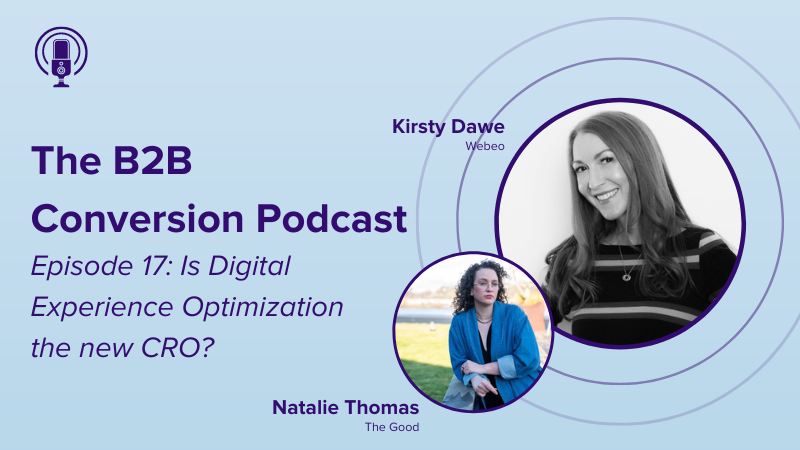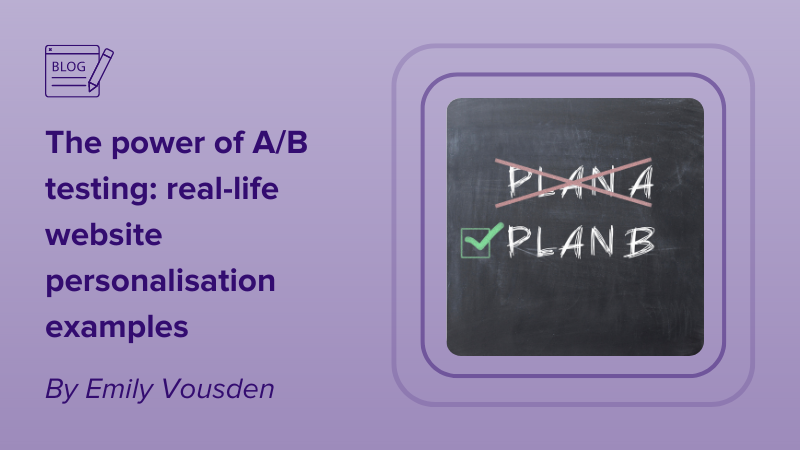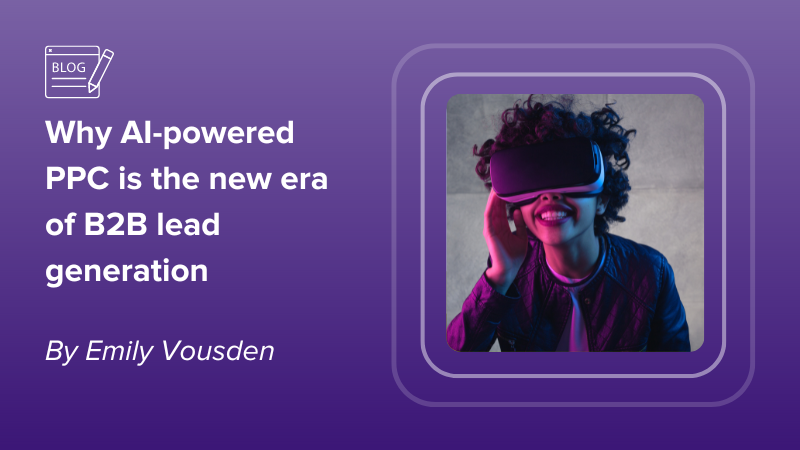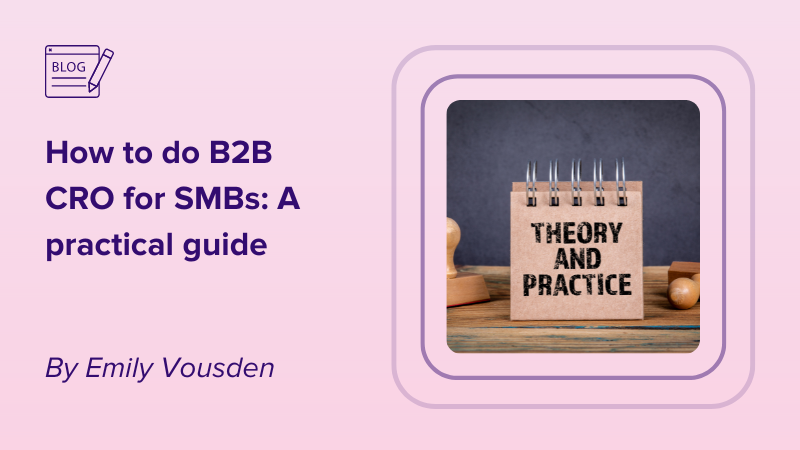Many marketers are predicting that B2B SaaS businesses will see a drop in organic traffic over the next few years. Forcing our hands to think smarter and come up with a plan of action to prevent a drop in traffic affecting the number of MQL’s we deliver from our websites. This is due to the release of Google’s SGE (Search Generative Experience).
Google releasing the new GenAI-powered search engine has increased its unpredictability, making it harder for businesses to rank. Over the last few years, we’ve seen a rise in AI across all sectors, with it being embedded into our software and processes. However, in 2023 we saw a spike specifically in the use of GenAI-powered search. Marketers have been taking advantage of this to support their day-to-day activity and research. Now with Google releasing their own GenAI-powered search, many experts are predicting that by 2028 there will be a dramatic decrease in organic traffic especially for B2B SaaS businesses.


Most marketing strategies include SEO to drive more traffic to the website. So this may throw a spanner in the works. However, you can use the new updates to your advantage. The decline of organic traffic is expected to happen over several years, which means there is still time to get your ducks in a row. This expected decline in website traffic means you need to start optimizing every website visitor.
Instead of focusing on driving traffic to the site, you need to turn your attention to increasing conversion rates. Within B2B, the average conversion rate is below 2%. Meaning 98% of visitors will leave without taking a desired action – a problem we can solve if we spent a little more time on optimization. This blog will take a deeper dive into why it’s predicted we will see a drop in organic traffic and how you can tackle this by repositioning your SEO, CRO, and PPC strategy to ensure there is no disruption to lead generation and revenue.
Search Engine Optimization
For many years, we’ve focused our SEO efforts on ranking for short-tail basic keywords. However, with Google releasing SGE, it can now generate more relevant and personalized search results based on various factors – such as user behavior, browsing history, location, and demographics. This means businesses with generic content (the type of content that used to rank high) will find it harder to compete.
Now is the time to turn your SEO efforts to ranking for long-tail in-depth questions. This all starts with your content creation. Rather than focusing on high volumes of short content pieces, your content needs to be high-quality and long-tailed. Meaning it’s longer and goes into more depth around your chosen topic. Google’s SGE will automatically place AI-generated answers at the top of a search, however, it won’t be able to answer more complex questions. This means that the fight for top spot with search terms such as ‘what is demand generation’ will become harder. On the flip side, AI-generated responses will struggle to rank high for keywords such as ‘What is the best tool for demand generation’ as AI content generated is generic – whereas human-centric content brings value which Google prefers.
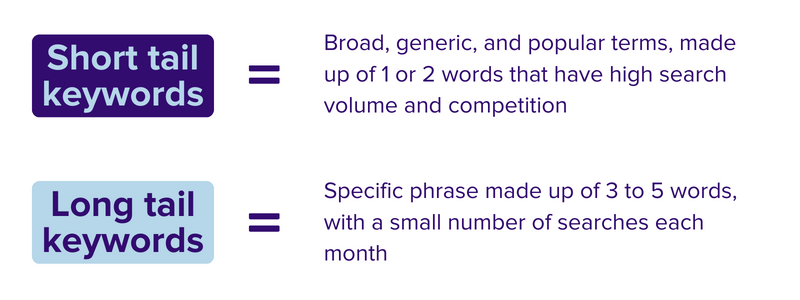

Definition of short tail and long tail keywords
Google is known for being unpredictable due to regular changes to the search algorithm (nine core updates were made in 2023). In 2024 this is expected to only get more complicated. Since the release of , we know that Google is going to place GenAI content at the top spot for basic search terms. This means all the hard work you’ve put in for years to make sure you’re ranking for relevant search terms may not pay off anymore and you’re at risk of seeing a drop in organic traffic. The best way to fight against this is to focus on long-tail keywords, where the search results are more consistent (less fight for top spot) and GenAI content can’t beat you to it.
Authenticity
Many experts are predicting that 2024 will bring a backlash towards AI. With readers bouncing off content they believe has been AI-generated. This gives us an opportunity to continue creating content our prospects want to engage with, by giving it the human touch and ensuring it’s relatable. The two biggest disadvantages of GenAI content are that it’s very formal and it isn’t fact-checked. When businesses rely too heavily on AI content, not only do they run the risk of becoming an unreliable source, they also tend to lose their brand tone of voice (which is such a shame as the most easily digestible content has a friendly conversational tone of voice).
Readers want to feel that your content is trustworthy and authentic to your business, which you’ll fail to achieve using AI alone. This is your chance to outrun AI and take back the top spot you deserve by increasing your readership through the production of authentic content. This will bring the same if not more traffic to your site – albeit it from a slightly different angle than we’re used to.
Voice search
Currently, there are around 4.2 billion voice assistants worldwide, expected to rise to 8.4 billion devices. That means a lot of people are using voice search to find out information. If you’re not optimizing your content for voice search you’re missing out on a big opportunity. The content you’re creating needs to answer users’ questions effectively. You need to optimize your content to align with natural language search queries and conversational language patterns.
Think about when you use voice search to answer a query, you start with the words ‘how’ or ‘why’ etc. Your content needs to be built around question based keywords. So rather than the keyword ‘demand generation’, you would build your content around the keywords. Example ‘What is the best demand generation tool for the software industry?’. By ensuring your content is optimized for voice assistants, you are giving yourself another way to build your ranks up in Google.
Conversion rate optimization
With Google’s algorithm becoming more complicated because of GenAI-powered search, in turn affecting the level of traffic being driven to your site, it’s time to think smarter. Now, this prediction is not saying you’re going to lose all organic traffic, it’s just saying you’re likely to see a drop. That means hundreds, if not thousands, of people are still visiting your site every month waiting to convert. This is your time to invest in CRO.
As mentioned earlier, in B2B, the average onsite conversion rate is a mere 2% (and that’s for the highest-performing industries). Let’s put that into numbers. If you have 1000 visitors a month, only 20 of those will convert into an MQL. Shocking really! 2024 is the year we should no longer accept a 2% conversion rate. Well, with lower traffic levels expected, we haven’t got a choice have we?
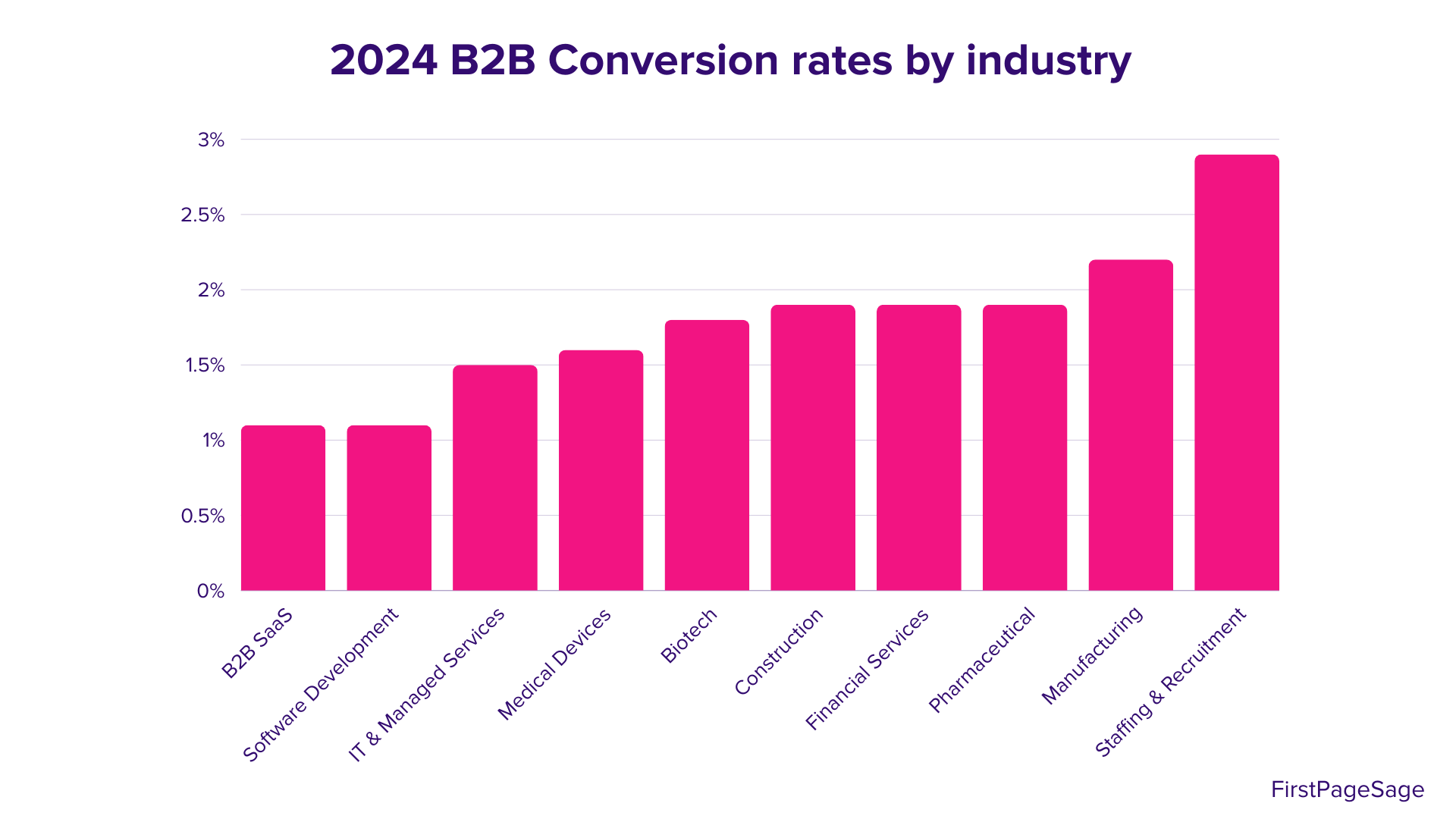

2024 B2B conversion rates by industry
Quantitative and qualitative analysis
Where to start? Firstly, look at the performance of your website by analyzing both your quantitative and qualitative data. Let’s start with quantitative. You need to discover which pages have the highest volume of traffic. The pages that convert the most, and where your visitors are not converting. This will tell you which pages are most important to your conversion rates and where your immediate attention should lie. If you haven’t read it already, we have a blog explaining just how you can do this using
Your next step is to look at the qualitative data from your website. Understanding how far down a page people are scrolling, what CTA’s they’re clicking on, and what information is never seen by visitors. Another great way to understand the qualitative data from your website is through surveys. Surveys allow you to understand your website’s UX, and what could be improved. This can help you uncover if the information you want your visitors to see is being seen, or if it’s hidden too deep in the page. There are plenty of tools out there to help you. We’ve explained just how you can use them in a previous blog.
Once you’ve compiled your findings, you’ll start to understand what areas of your website need improving. It will show where your first focus should be, and what you should be changing to make the most out of your traffic that is still finding its way onto your site. This process needs to be constantly tested. The number one rule of a good CRO strategy is test, test, test, and test some more!
Website personalization
In B2B, we know that target audiences are only getting more complicated. Most businesses target multiple industries, sizes, locations, personas etc. This can make it super hard to speak to each audience in the right way on your website. This is where you can use your data analysis to plan a website personalization strategy. Website personalization allows you to tailor content to each audience in a way that resonates with them. This in turn increases the likelihood of them converting. If you can increase conversion rates, a drop in organic traffic shouldn’t have any effect on your lead generation and revenue.
Conversion tools
Another way to increase conversion rates on your website is to invest in a chatbot. Prospects can land on your site at any time of the day or night. A great way to get their attention and ensure they don’t leave the site without communicating with you is by investing in a 24/7 chatbot. So visitors won’t be left wandering around your website looking for answers.
Pay-Per-Click
If PPC is part of your marketing strategy in 2024, you’re likely paying more than ever before to bid on keywords. Your PPC strategy should focus on quality rather than quantity. But with organic traffic set to decline, the paid traffic you’re getting to your site must be high intent and ready to convert. This means thinking carefully about which search terms are worth bidding on. Consider your target audience, how they think, and the buyer journey you want to take them on. Every business works differently, but you need to evaluate which conversion-focused keywords work for your business. This means when someone does land on your site from a PPC campaign, they’re your highest intent visitors – your VIPs!
While also investing smartly in your bids for search terms, think about increasing the ROI you’re getting from your PPC campaigns. It’s going to get harder to drive traffic to your site. So you need to consider how you can convert more of your paid traffic. You can do this through ensuring the customer experience on your website reflects the keyword they searched for. Website personalization allows you to serve experiences to prospects based on the PPC keyword campaign they came from. Enabling a consistent, relevant experience for visitors from their Google search, right through to when they land on your website. This confirms they are in the right place and your solution is going to solve their pain points.

A drop in organic traffic can lead to a fear that lead-generation efforts and revenue may be cut short. B2B marketers can prepare for this by making the most out of the website visitors by following these key steps:
- Limit your SEO strategy to focus on long-tail keywords
- Create more in-depth authentic content
- Look at your website’s data and understand what needs to be adapted to increase conversion rates
- Implement a website personalization strategy to show relevancy to each visitor
- Implement conversion tools (24/7 Chatbot)
- Ensure your customer journey on the website reflects the PPC keyword campaign a visitor came from
If you want learn more about how Webeo can increase your onsite conversion rates, book a call today!

